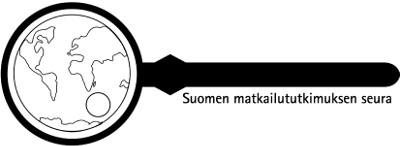Väylänvarrella – Tieteidenvälisen dialogin soveltamisesta luontomatkailukohteiden suunnitteluun
Avainsanat:
dwelling, participatory tourism planning, architecture, human-nature relationshipAbstrakti
In this article, we describe and examine the process and outcomes of collaborative and multidisciplinary dialogue and field course project, the aim of which was to study, develop, and test multidisciplinary dialogue as a design method for nature-based tourism. We aim to increase collaboration between architecture and tourism, and thus, develop more interactive planning methods that enable us to sensitize ourselves to the relationship between human and nature. In so doing, we work towards creating a supportive environment for a design method that enhances human-nature interaction. We want to provide a basis for developing tourism concepts that focus on experiencing localities and the natural environment, and are driven by them, rather than just the needs of the tourism industry. The concept of dwelling, as interpreted by Norberg-Schulz, plays a central role in this article. It guides our examination of the process and the stages required for creating an experience-based understanding of the possibilities offered by the surrounding nature. According to our findings, time is one of the most important aspects in enabling dwelling and interaction in this kind of planning process. Our concluding remarks are that dwelling, stopping, experiencing and active interaction with diverse actors (not just human actors!) can yield more polyphonic planning processes, even though they cannot dissolve all the challenges identified in participatory planning.






